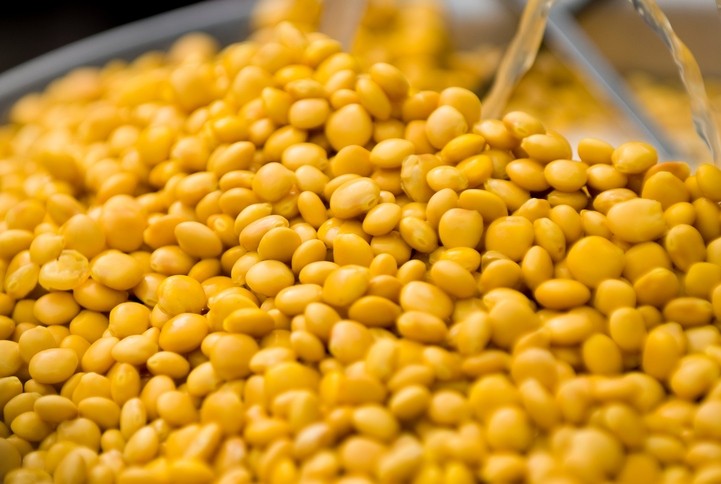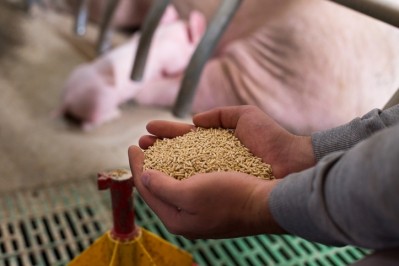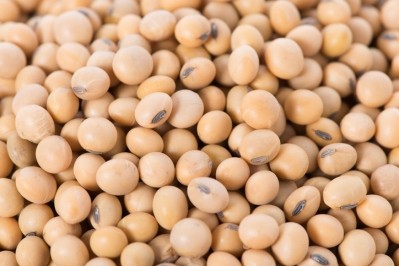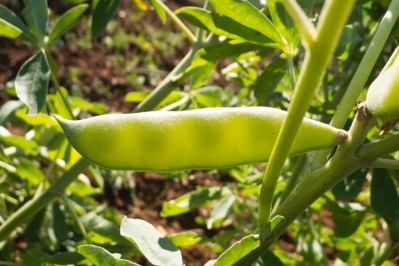EU protein production: Does FEFAC have its finger on the pulse?

Policy change at EU Commission level is needed to increase the cultivation of pulses, like peas and lupines, in the EU, to provide a locally grown protein crop in sufficient volumes and at a price that would support their use in EU feed formulations beyond niche level, argued Pavel Musil, chair of FEFAC’s industrial compound feed production committee.
“There has been more of an agri-policy focus on oilseeds up until now in the EU, but climatic conditions are probably more favorable to growing pulses rather than soybeans in Europe,” he told this publication yesterday.
FEFAC says: “The EU currently has a deficit in vegetable protein supply. But a broad and diversified access to feed ingredients is a key factor for the competitiveness of the feed and livestock industry in Europe. Furthermore, pulses are known to have clear environmental benefits in terms of benefiting biodiversity and improving soil quality while at the same time ensuring quality feed supplies for animals.
“Pulses cover around 2.5 million hectares of EU arable land and provide zones of pollination and nesting for bees, butterflies as well as other birds and insects.”
As it is the international year of pulses, Copa and Cogeca, together with FEFAC and COCERAL, organized a workshop last week to try and see how to provide stimulus for increased production of pulses in Europe.
The event was attended by policymakers; it was hosted by Finnish MEP, Petri Sarvamaa, and Damien Plan, who is responsible for arable crops and rural development at the Commission, represented DG Agri.
“We had a roundtable discussion on what tools can be used to promote pulses production in Europe. Currently, pulses make of 1.5% of the total raw materials used in feed in the EU 28.
“From an agronomics point of view, it is clear that higher yields can be achieved for peas and lupines, but we have to take a step by step approach to ensuring greater availability of pulses. Like we saw in EU rapeseed production promotion efforts, it will take time before we can deliver the results,” cautioned Musil.
Anti-nutritional factors
The seminar, he said, allowed all parties to address current challenges around the inclusions of lupines and peas in the feed complex from anti-nutritional factors, ease of digestibility and their price competitiveness against other raw materials.
“As demand in certain countries and by certain retailers grows for non-GM soy products, various GM replacement raw materials have to be found,” added Musil.
The event also saw DG Agri launch an initiative to provide up-to-date information on supply and demand trends through the creation of a balance sheet for protein supply; it is aimed at increasing market transparency and enabling the market potential of EU protein crops to be better assessed.
Commenting, the MEP, Sarvamaa, said: “Post 2020 CAP reform, the EU needs to provide further market tools that can push the pulses sector to reach its full potential.”
EU protein production needs to be further enhanced by giving producers the right support and tools to produce protein crops cost-effectively, while R&D efforts also “need to be stepped up and genetic breeding techniques improved”, argued Max Schulman, chair of Copa and Cogeca’s cereals and oilseeds working party, who was also at the workshop.










